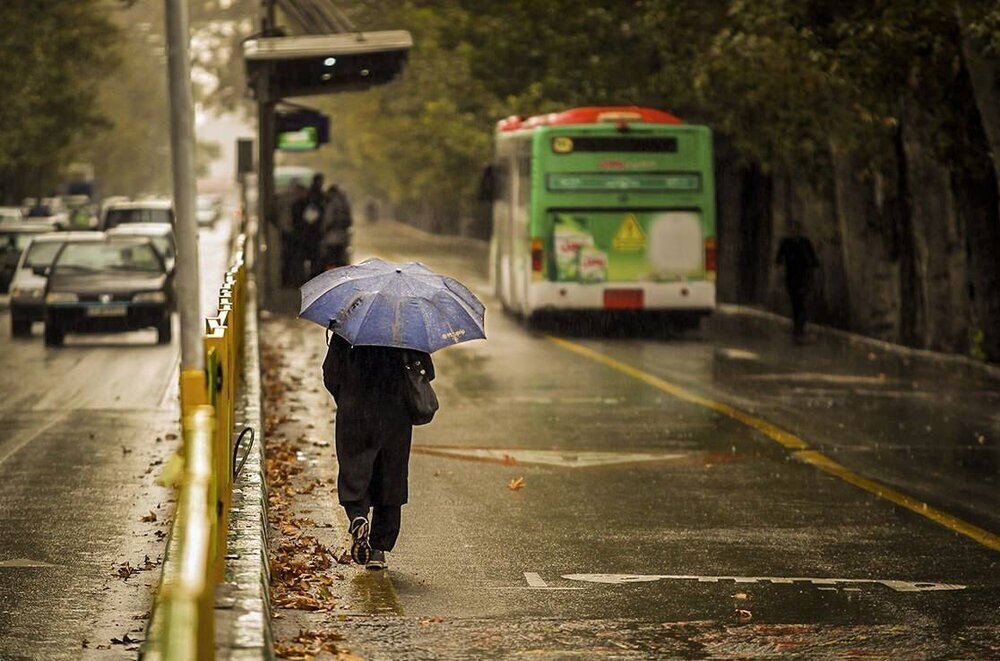Summer warmer than normal forecasted

TEHRAN - The national center for drought and crisis management has forecasted the summer this year will be warmer than normal in the country.
In the northern and eastern provinces of the country, the rainfall is insufficient, and even the relatively normal rainfall of the remaining days of the current water year cannot compensate for the lack of rainfall, ISNA quoted Ahad Vazifeh, the head of the center, as saying.
The month of Ordibehesht (April 21-May 21) is the most important period in the spring season to receive rainfall in the country and is very important, he stressed.
“For example, in the month of Farvardin (March 21-April 20), usually 35 millimeters of rain is recorded in the country, but in Ordibehesht, the rainfall amounts to about 20 mm. So, the rainfall in Ordibehesht is almost twice as much as in Farvardin.”
“Since the beginning of Farvardin, we have had an average of 25 mm of rain, while during this time period, we should have normally received 38 mm of rain in the long term,” he said.
Therefore, about 33 percent of rainfall has decreased compared to the long term, Vazifeh noted.
The average rainfall since the beginning of the current water year (September 23, 2022) was 158 mm, which is 41 mm, equivalent to 21 percent, less than the long-term rainfall of 199 mm, he concluded.
On April 9, the Meteorological Organization reported that precipitations in the country have increased by 12 percent in the current water year, compared to the same period the year before.
During the mentioned period, precipitations amounted to 148 millimeters, a decrease of 19 percent compared to the normal level, ISNA reported.
Data show that the country received some 62 percent of the normal precipitation over the last six months, while under normal conditions, the figure should be about 77 percent.
Only six provinces of Isfahan, Bushehr, Chaharmahal-Bakhtiari, Khuzestan, Kohgiluyeh-Boyerahmad, and Yazd had more precipitations than normal, and in 25 provinces was less than normal.
Over the previous water year which began on September 23, 2021, precipitations decreased by about 24 percent compared to the long-term average, which marked another year of low precipitations for Iran.
As the newly extracted statistics show, a total of 180.4 mm of rain has poured in the country over the past water year, which shows a decline of 23.9 mm compared to the long-term average of 237.1 mm.
The last water year marked the year of low rainfall for the country, causing the continuation of dry years.
The summer season showed an increase of 19.7 mm in rainfall, which was accompanied by a growth of 71.3 mm compared to the long-term period when the amount of precipitation was 11.5 mm.
No end to the drought is in sight over the cold season, Ahad Vazifeh, head of the national center for drought and crisis management, forecasted in January.
A temperature higher than the normal of the last 30 years is predicted, he said, ISNA reported.
In general, a rainy winter is not expected and the rainfall is likely to be less than normal, but the effects of drought in many parts of the country will be even stronger than last year, he warned.
The average rainfall in the semi-arid country of Iran is 250 mm, which is one-third of the world average. Iran’s 53-year average rainfall was 250 mm, which has decreased to 232 mm in the last 13 years.
Parallel to this decrease, the increasing trend of temperature caused an increase in evaporation and a decrease in precipitations, and a sharp drop in the level of underground water resources and its limitation.
The Iranian Red Crescent Society estimates that 4.8 million people are at medium to high risk of drought-related impacts, mostly in remote and rural areas of the provinces.
It reports that 29 of 31 provinces, and especially seven – South Khorasan, Kerman, Sistan-Baluchestan, Hormozgan, Khuzestan, Isfahan, and Khorasan Razavi – have been severely affected by the drought.
The lack of safe and sufficient water supply for drinking, hygiene, agriculture, animal husbandry, and power generation is having a devastating and increasingly unsustainable strain on households’ health, and income in addition to encouraging negative social trends and coping mechanisms.
MG
Leave a Comment